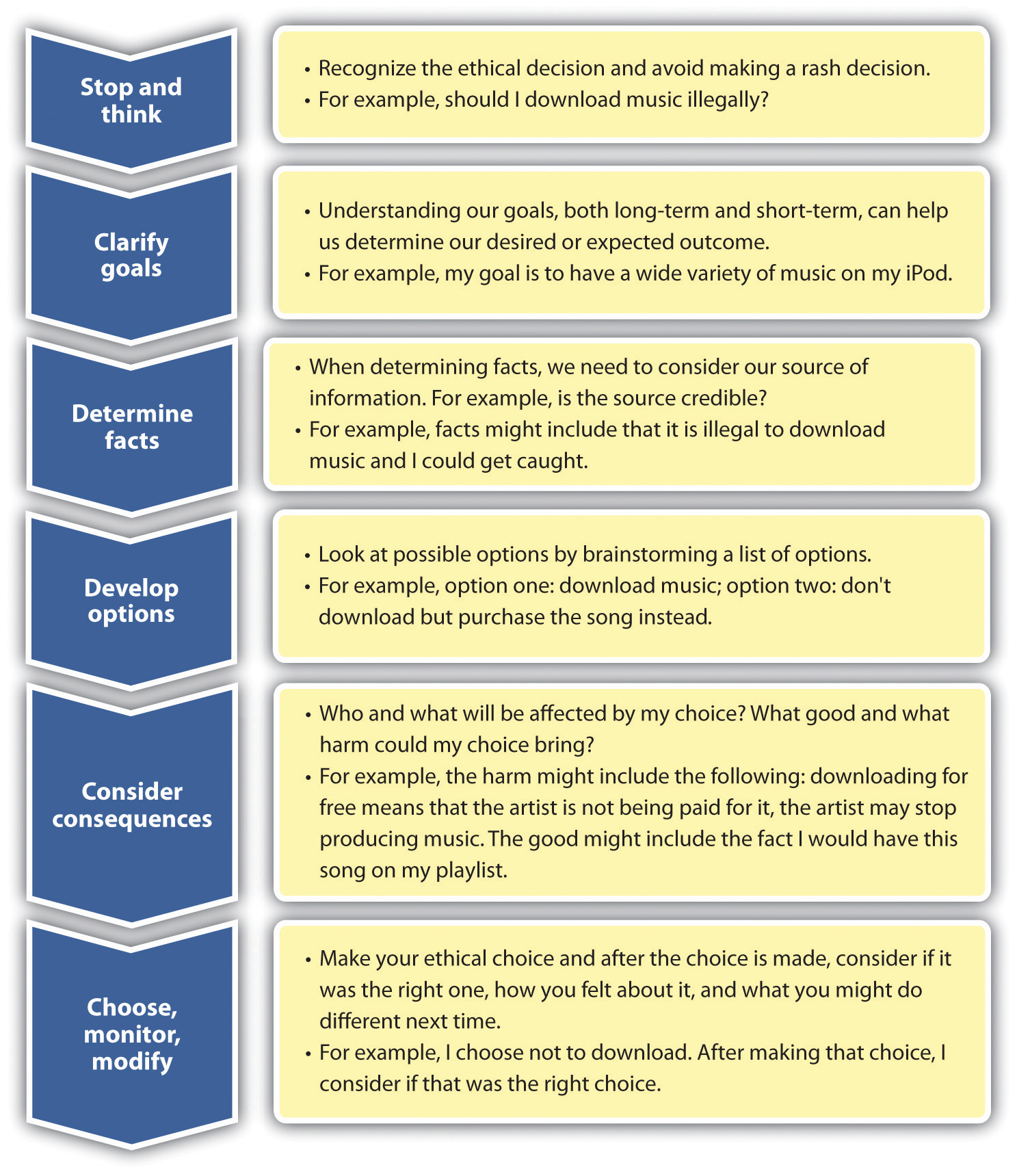

Adults frequently utilize vernacular changes that invoke willpower in this process, often opting to “fight” a disease, which is not observed with the same frequency in pediatric populations.

Thus, the perceived experience and understanding of one’s mortality is often limited by the ability to have conscious thought about it in a form that is communicable to others. The formation of a “death concept” is constructed differently at various points in a person’s lifecycle, and can influence the patient’s, physician’s, and parent’s understanding of death and dying. The Death Concept and Initial Communications It explores nomenclature, the introduction of the concept of death, relevant historical studies, the current state of end of life autonomy in pediatrics, and future directions and needs.Ģ. A non-systematic critical analysis of both historic and up-to-date literature on the topic of end of life decision-making in pediatric care was performed. Given the broad topic of pediatric end of life issues and the heterogeneity of conditions, cognitive levels encountered, and influencing factors in care, a traditional narrative review was deemed the most appropriate survey for the subject matter. Thus the physician, as the frequent de facto moderator of the discussion, must not only make the most medically appropriate decisions but also understand very unique sets of psychology in promoting “pro-child” choices. Yet each stakeholder contributes unique emotions, experiences, cultural beliefs, and medical acumen to the discussion of end of life care decisions.
Ethical issues in end of life decisions full#
This is especially notable in end of life care and is certainly true for children born with limited cognitive, language, or motor function, or those unable to achieve full mental and/or physical capacity.

In this setting, a pediatric patient’s input on medical decision-making can often be secondary, if considered at all. This frequently occurs while providing families with the specifics of developments, treatments, and prognosis associated with a child’s condition. Conclusions: Although there have been strides in end of life decision-making in pediatrics, further investigation and research is needed in this field.Ī natural response in medical decision-making for a pediatric patient is to delegate authority to the supervising parent or caregiver. Complicating factors in the lack of guidelines include the unique facets of pediatric end of life care, including physical age, paternalism, the cognitive and language capacity of patients, subconscious influencers of parents, and normative values of death in pediatrics. Although progress is being made toward a more uniform and standardized approach to care, few non-institutional protocols exist. This narrative review of end of life decision-making in pediatric care explores nomenclature, the introduction of the concept of death, relevant historical studies, limitations to the shared decision-making model, the current state of end of life autonomy in pediatrics, and future directions and needs. In end of life discussions in pediatrics, the consideration of a child’s input is often not reviewed in depth, although a shared decision-making model is ideal for use, even for children with presumed limitations due to age. Results: While a paternalistic approach is typically applied to children with life-limiting medical prognoses, the cognitive, language, and physical variability in this patient population is wide and worthy of review. Methods: A narrative literature review of pediatric end of life issues was performed in the English language. Background: This manuscript reviews unique aspects of end of life decision-making in pediatrics.


 0 kommentar(er)
0 kommentar(er)
